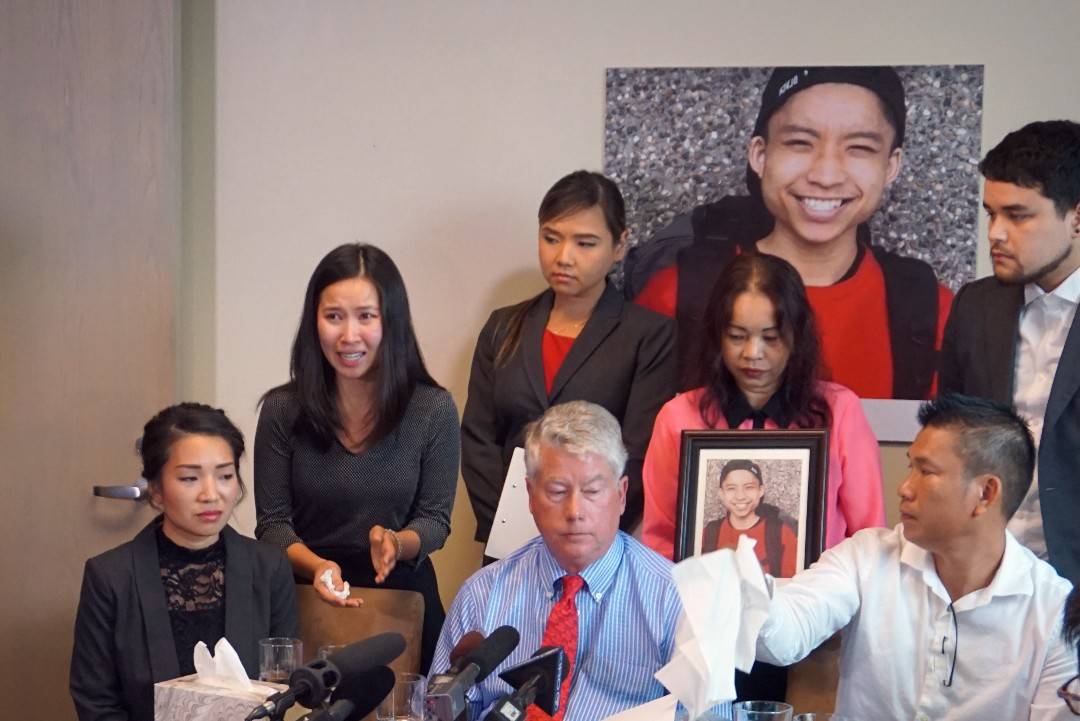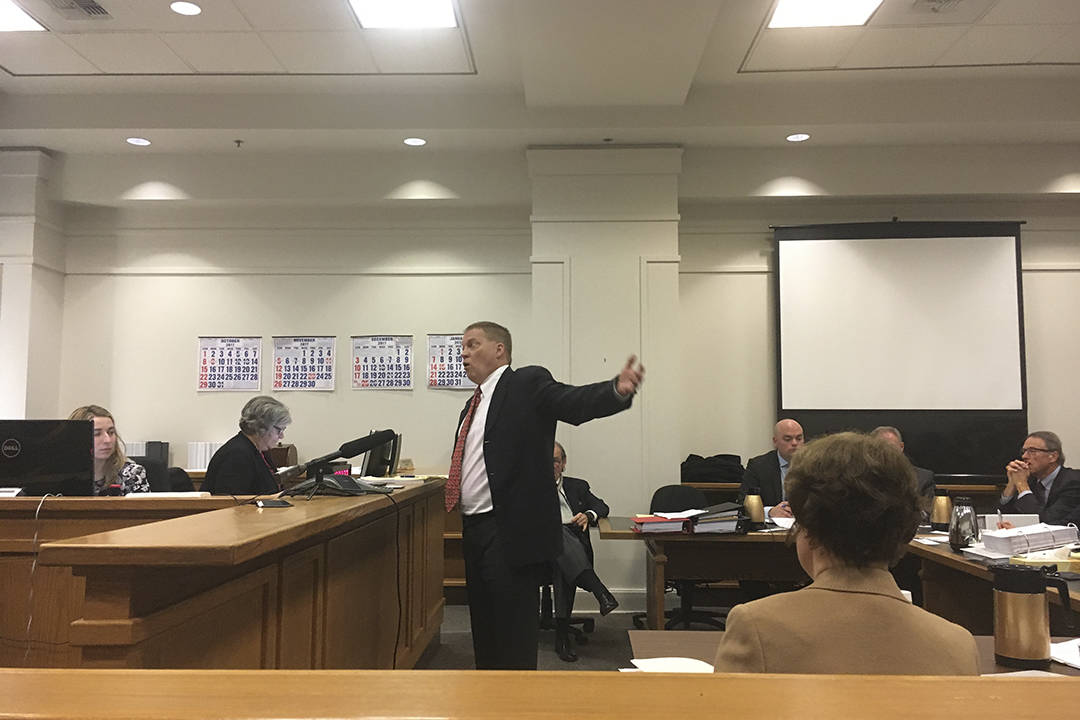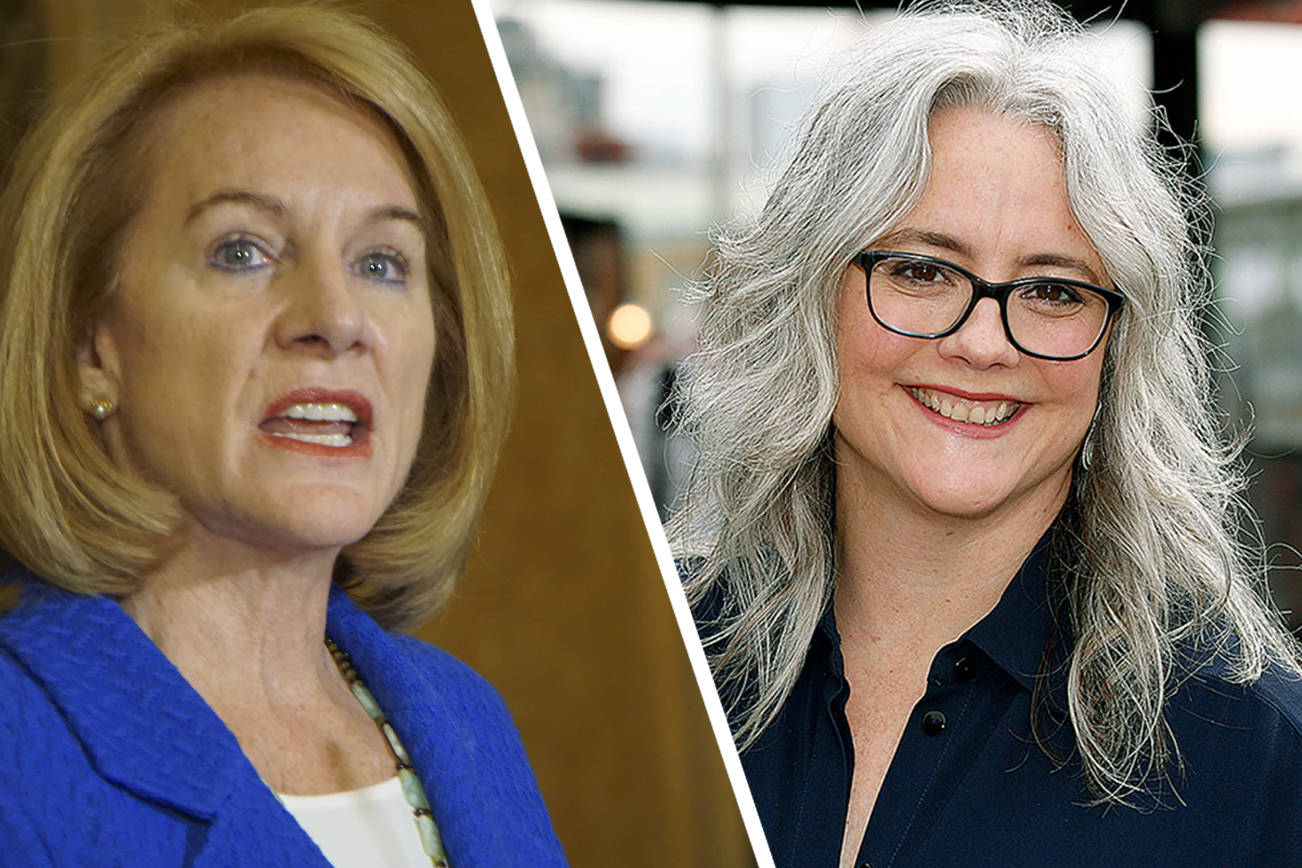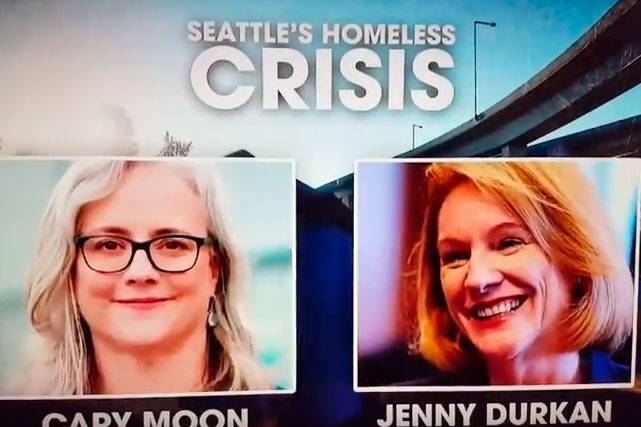With the U.S. Senate’s dramatic failure Thursday night to pass a partial repeal of the Affordable Care Act, attention now turns to how lawmakers and regulators might make Obamacare work better—or whether President Donald Trump will find another way to bring down the landmark health care law.
One idea being explored by the State Commissioner of Insurance Mike Kreidler is the creation of a public-option health plan that would essentially allow the state to compete with private insurers. Back when the Affordable Care Act was being crafted in 2009, progressives pushed hard for a public-option to be included in the bill. That effort failed when more conservative Democrats resisted the effort.
The idea of creating a public-option in Washington is included in a list of possible ways to stabilize the health insurance market in Washington released by Kreidler on Thursday. The document doesn’t offer many details, saying the parameters are “under development,” but it raises the idea of allowing state residents who are currently purchasing individual insurance to buy into a state plan. That could mean buying into Medicaid, the state employee insurance plan, or a new state-run program. The document says such a program could help stabilize the insurance market by offering insurance plans in rural counties where it is difficult to get private insurers to offer coverage, and by possibly driving down premiums, since the government wouldn’t have to turn a profit.
Kreidler spokesman Steve Valandra says that the legislature passed a bill earlier this year authorizing the commissioner’s office to collect data from private insurers over the next year in order to come up with ways to contain costs and expand coverage in the state. “Once we get that information and do the analysis, we’d see if that’s viable or not,” he says of the public option.
Up until this year, Washington’s ACA-created health-care exchange has avoided much of the turmoil that has roiled markets in other states. While the exchange website was plagued with glitches early on, premium increases have been below national averages and private insurance was available in every county. That changed this year when insurance companies pulled out of Gray’s Harbor and Klickitat counties for 2018, and proposed premium increases for next year that averaged 22 percent. Kreidler has since struck a deal to get plans offered in Gray’s Harbor and Klickitat counties; his office is reviewing the proposed premium increases to determine if they are justified.
Regardless, the commissioner’s office has maintained that Republican threats to repeal or sabotage Obamacare have created problems in the market. Despite the failure of the Senate repeal effort, risks out of D.C. still loom large. In particular, there is still some uncertainty around whether the Trump administration will continue to offer cost-sharing subsidies to insurance companies that help them keep premiums down. Eliminating those subsidies have been seen as the quickest way Trump could blow up Obamacare, and Democrats don’t trust him with the bomb. Indeed, right after the Senate vote early Friday morning, Trump tweeted: “As I said from the beginning, let ObamaCare implode, then deal.”
Kreidler, along with Gov. Jay Inslee, has continued to advocate a slate of fixes on the federal level, many of them contained in a bipartisan list of recommendations compiled by 13 governors. But as the government-option idea shows, they are also getting creative on the state level.
If the government-option got off the ground, it would surly face stiff opposition from Republicans. Roger Stark, a health policy analyst with the conservative Washington Policy Center, says the public-option plan failed on the national level in 2009 because many blue dog Democrats thought it was too expensive and “it looked to them like one step too far toward a single-payer system.” Stark conceded that, to a Seattle audience, that might sound like a plus, not a negative. Still, he said, “The reality is: How do you pay for it?”
dperson@seattleweekly.com








